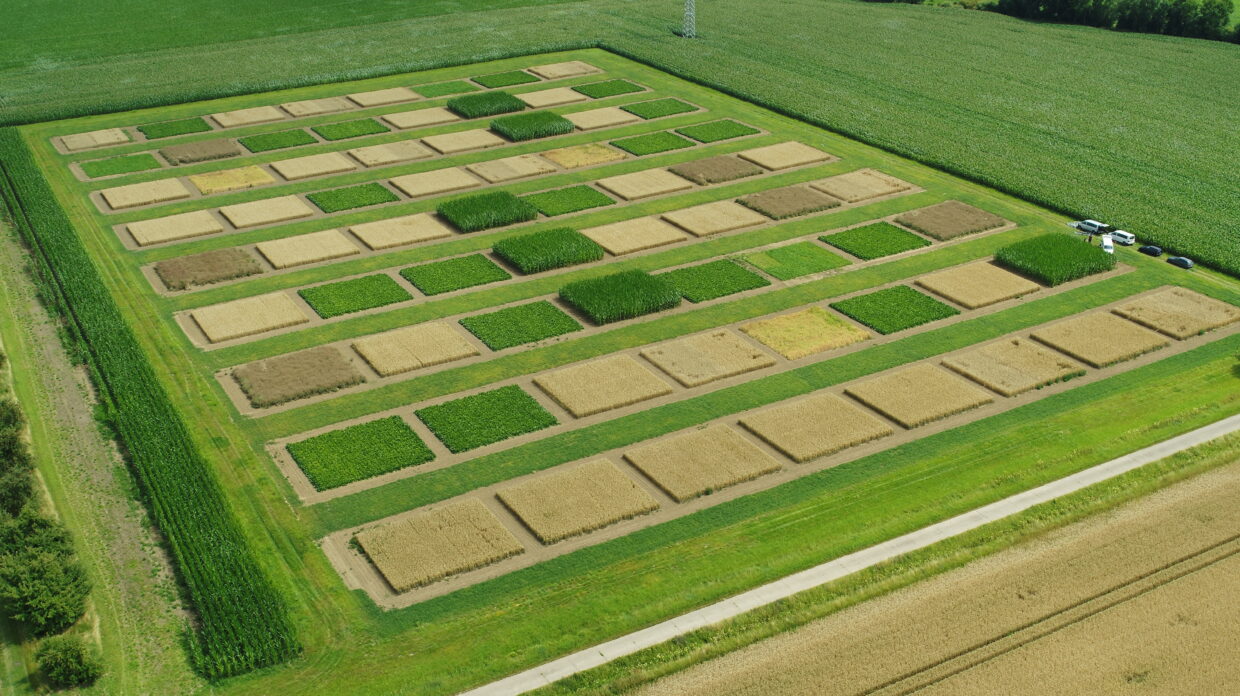The preceding crop affects winter wheat production more than the overall crop rotation
The paper “Crop rotation and sowing date effects on yield of winter wheat“, published in The Journal of Agricultural Science, has been chosen as the latest Editorial Highlight and is freely available to download for one month.
Winter wheat is one of the most important crops in Germany and worldwide. As such, it is grown after various preceding crops (pre-crops) in a large number of possible crop rotations. It is well known that growing wheat after wheat causes yield losses compared to growing wheat after beneficial break-crops. In Germany, this would typically be oilseed rape which has been shown to increase subsequent wheat yields compared to cereal pre-crops, including wheat itself. However, other economically important crops which are often cultivated before wheat such as silage maize and sugar beet, have been much less studied regarding their pre-crop value. Also, the effect of the pre-crop might potentially be modified by other factors related to the crop rotation in which wheat is grown, including crop rotation diversity, the pre-preceding crop, and, in practical agriculture often directly connected to the pre-crop, the sowing date of wheat.

In this study, we analyzed a long-term field trial with several crop rotations and crop rotational positions of wheat over 11 study years. The preceding crop was found to have the strongest influence on wheat yield, which was not modified by the overall crop rotation or the pre-preceding crop. Among the four preceding crops studied, winter oilseed rape produced the highest subsequent wheat yield, as found in other studies, while wheat in self-succession, regardless of cultivation within a crop rotation or as monoculture, had the lowest yield. Wheat grown after sugar beet and silage maize resulted in intermediate yields. These effects are potentially depending on the sowing date of wheat which is typically early after oilseed rape and wheat and late after sugar beet and silage maize. For three years, the wheat sowing date was tested as an additional treatment, showing benefits of a late sowing date after wheat, sugar beet and silage maize, while no effect was found after oilseed rape. This important effect for agricultural practice has to be considered when planning studies and interpreting results.
Wheat cultivation after wheat is very common due to the economic importance of wheat. However, farmers could benefit from yield gains when wheat is grown after other crops. After oilseed rape and sugar beet, N fertilization for subsequent wheat may also be lower than after wheat due to an expected higher N availability. In our case, this saved around 20 kg N / ha per year, or around 10 % of the total fertilization, while producing higher yields. The choice of the crop sequence might thus also impact the environmental balance of wheat production. That way, choosing crop sequences other than wheat after wheat, as also required in European agricultural guidelines, might result in more efficient wheat production.
The Journal of Agricultural Science Editorial Highlights are selected by the Editor-in-Chief and are freely available for one month. View the recent selections here.






